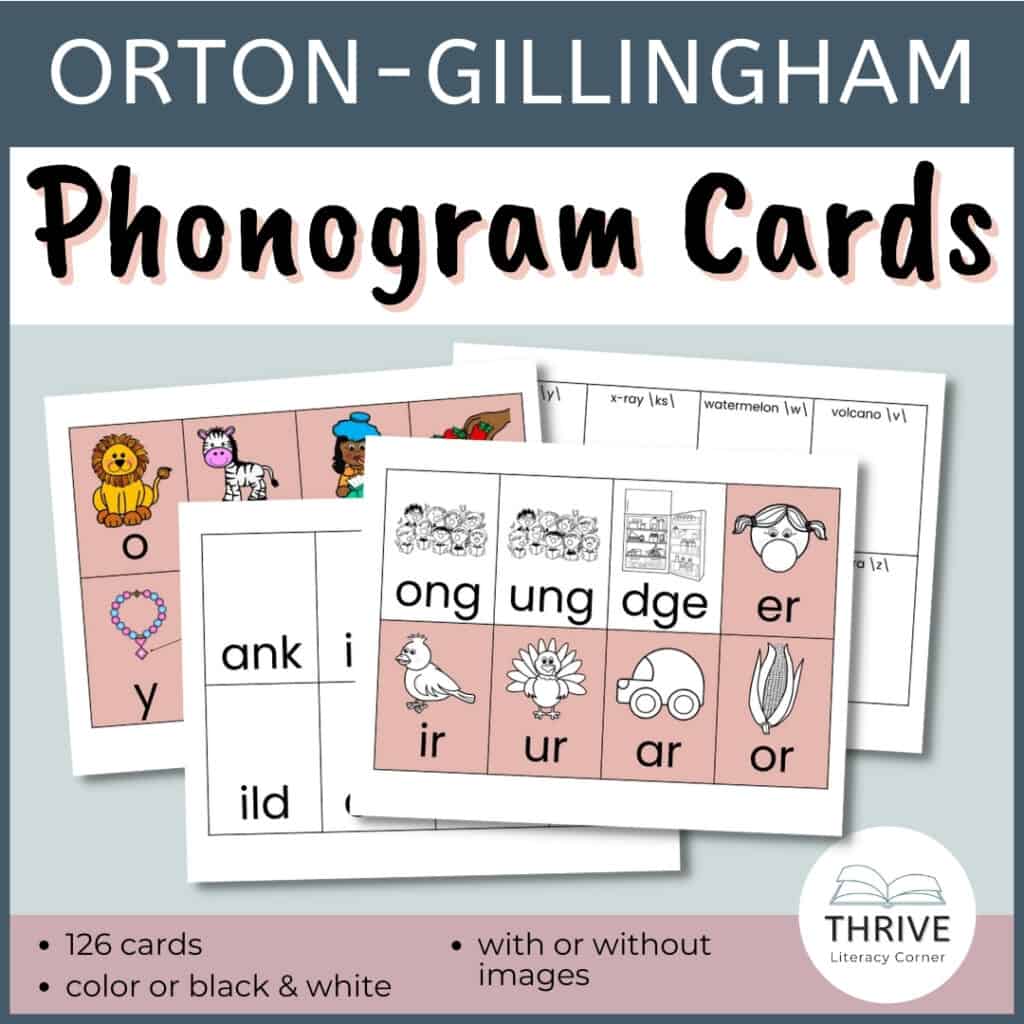What is Multisensory Learning and How to Implement Multisensory Teaching
This post may contain affiliate links, and I will earn a commission if you purchase through these links. Please read the disclosure policy for more details.
If you’ve read my blog before you have seen me mention multisensory learning. It’s something I came across years into teaching that I wish I had learned about from the beginning.
Multi sensory learning has been the most effective way to teach my struggling learners, especially those with dyslexia. There are a number of successful reading and spelling programs designed for dyslexia that are multisensory learning based.
SCIENCE OF READING QUICK START GUIDE
Grab your FREE guide with the 5 tools you need to get started with SOR!
*Most school spam filters block my emails, so please use a personal email.

What is multisensory learning?
Multisensory learning is essentially the theory that most individuals learn best when using more than one sense. It has nothing to do with learning styles. Most multi sensory learning programs integrate visual, tactile, auditory, and kinesthetic activities.
Multisensory learning has a lot of research supporting it. Because of this, it is recommended by the International Dyslexia Association and the National Institute of Child Health and Human Development.
According to the IDA:
Multisensory teaching is one important aspect of instruction for dyslexic students that is used by clinically trained teachers. Effective instruction for students with dyslexia is also explicit, direct, cumulative, intensive, and focused on the structure of language. Multisensory learning involves the use of visual, auditory, and kinesthetic-tactile pathways simultaneously to enhance memory and learning of written language. Links are consistently made between the visual (language we see) , auditory (language we hear) , and kinesthetic-tactile (language symbols we feel) pathways in learning to read and spell.
International Dyslexia Association
Orton-Gillingham and Lindamood-Bell are two of my favorite multisensory reading programs to use with struggling readers. When I worked at a school for dyslexia, these were the programs we used because they were the most effective for these students.
In my tutoring practice, I have had students who could not say the sounds for all the letters to reading at a first grade level within 6 months using the methods from these programs!
Multisensory teaching doesn’t simply mean you have students use pictures, show video, or have them move while they are working. The key is to use 2 or more senses at the same time. So something like tracing and saying the sound at the same time is multisensory, whereas tracing letters alone is not.
How to implement multisensory teaching
Whether you are a classroom teacher, tutor, or parent you can incorporate multisensory activities on a daily basis. I have used these methods in the classroom, tutoring one on one, and homeschooling my daughter.
Some popular multisensory programs include Orton-Gillingham, Wilson, Barton, Lindamood-Bell, and Woodin Math. These are pretty pricey though so if you can’t afford them, then try adding in the activities below to help your struggling learner(s).
Spelling multisensory activities:
- tapping out letters
- tapping out sounds
- air writing
- sand/salt tray writing
- say sound as you write
- create a picture association
- teach diacritical marks for vowels, consonants, and syllables
- playdough
- games
- whole body spelling activities
Check out this post about my favorite multisensory spelling strategy for spelling lists.

Reading multisensory activities:
- use phonogram cards to develop sound symbol association
- color-coded letters
- tapping out sounds
- air writing
- sandpaper writing
- Elkonin boxes – this post details how to use this strategy
- make words with tiles, cards, magnetic letters
- teach diacritical marks for vowels, consonants, and syllables
- add movements for letter sounds
- use nonsense words
- games
I love this set where students can feel the letter, trace it, and write it all on one card.

Math multisensory activities:
- manipulatives to represent equations and operations
- visual representations of numbers (subitizing)
- drawing
- music
- games
- whole body math facts
Woodin Math is a great multisensory math program.
For more multisensory resources, check out my shop by clicking here.
If you’re looking for more tips on teaching struggling readers, check out these other posts:
- Multisensory Spelling Strategy
- Reading Strategies for Struggling Readers – Elkonin Boxes
- Multisensory Strategies for B & D Reversals
- Systematic Synthetic Phonics for Struggling Readers
Join my list and get access to my vault of freebies, plus weekly emails with tips, new posts, and promotions!
*Most school spam filters block my emails, so please use a personal email.

Want to remember this? Save What is Multisensory Learning and How to Implement Multisensory Teaching to your favorite Pinterest board!











